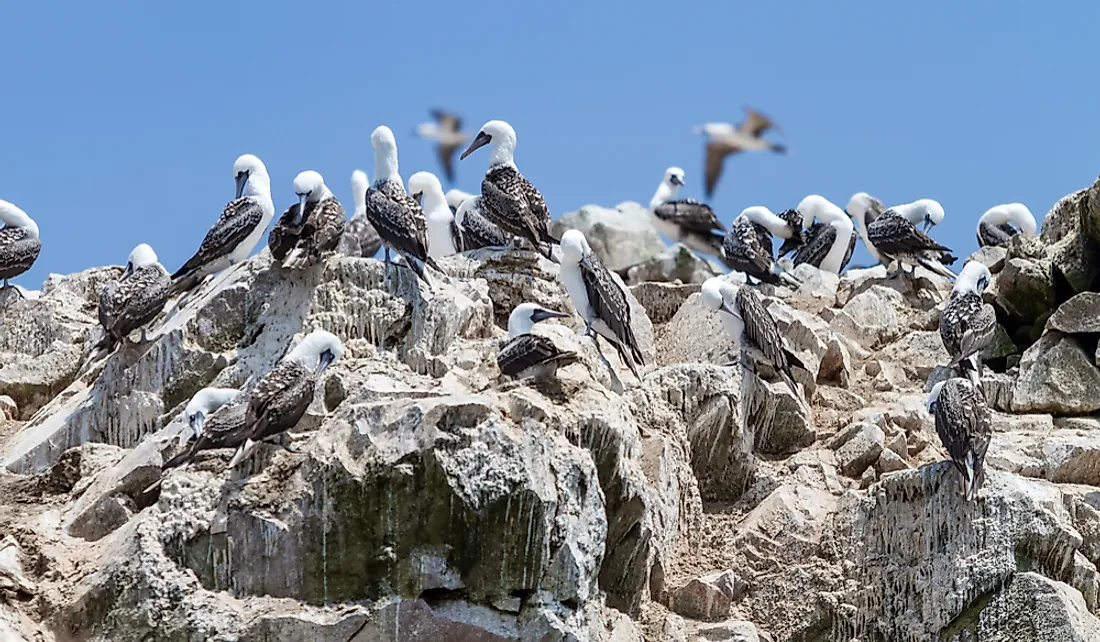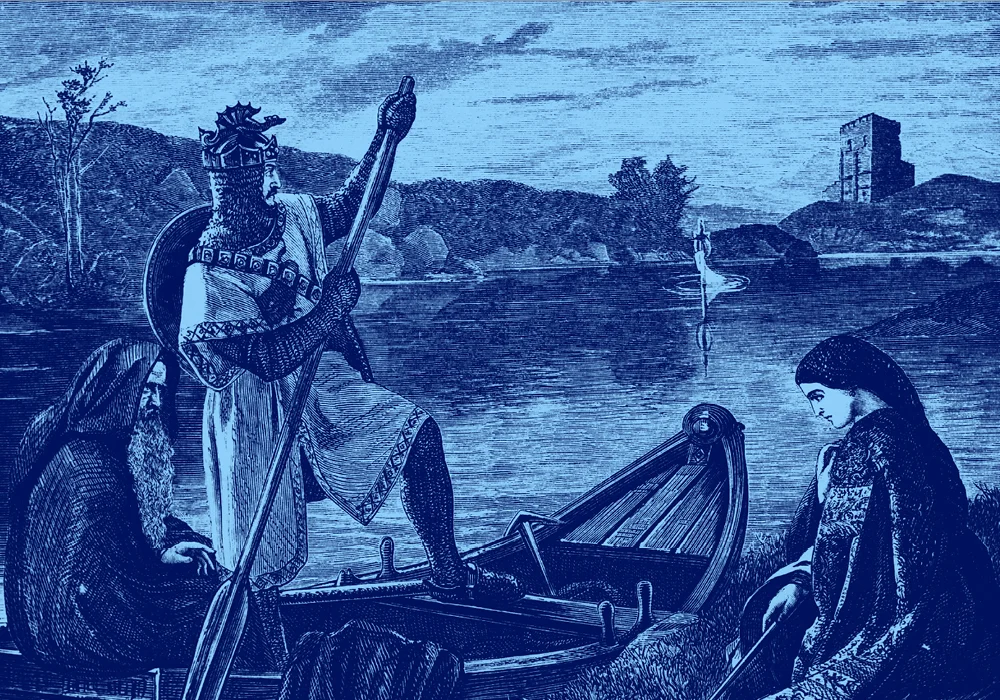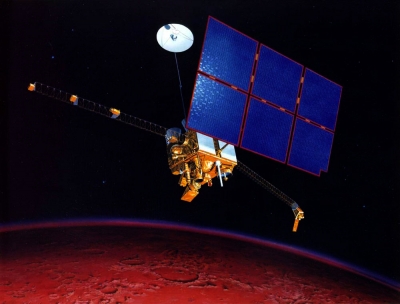
Smartphones have become ubiquitous. Whether you need it or not, there is an app for everything. And that has been made possible regardless of whether it is good or not-as we live in a hyper-connected world. Mobile networks have made it possible for us to access the Internet literally anytime, anywhere.
5G is the latest advancement in the telecommunications industry. The 5th generation mobile network is a new global wireless standard after 1G, 2G, 3G, and 4G networks. Designed for connectivity, 5G tech is expected to deliver higher speeds, have lower latency, greater availability and network capacity. affording uniform access, even in crowded areas.
Nearly one for every decade
While 1G delivered analog voices in the 1980s, 2G introduced digital voice in the 1990s. Early 2000s brought mobile data through 3G, and 4G came around in 2010s, ushering in the era of mobile broadband. Global operators started launching 5G networks, which is based on OFDM (orthogonal frequency-division multiplexing), in 2019, and it is expected to provide better connectivity than ever before.
All major phone manufacturers have started producing compatible handsets as 5G has been deployed in over 60 countries. With the buzz among consumers about even faster speeds and lower latencies, adoption too has been faster, when compared to 4G.
5G roll out in India
As for India, 5G is likely to be launched this year, with some expecting it to be rolled out as early as next month. Work on related hardware is already under way. thanks to the major telecom operators in the country – Reliance Jio, Airtel, and Vi.
The 5G spectrum auction in India has already been completed and it has been valued at Rs. 1.5 lakh crore. Initially expected to be rolled out in 13 cities, competitive pricing of 5G plans is expected in order to make it even more attractive.
Smartphones have become ubiquitous. Whether you need it or not, there is an app for everything. And that has been made possible regardless of whether it is good or not-as we live in a hyper-connected world. Mobile networks have made it possible for us to access the Internet literally anytime, anywhere.
5G is the latest advancement in the telecommunications industry. The 5th generation mobile network is a new global wireless standard after 1G, 2G, 3G, and 4G networks. Designed for connectivity, 5G tech is expected to deliver higher speeds, have lower latency, greater availability and network capacity. affording uniform access, even in crowded areas.
Nearly one for every decade
While 1G delivered analog voices in the 1980s, 2G introduced digital voice in the 1990s. Early 2000s brought mobile data through 3G, and 4G came around in 2010s, ushering in the era of mobile broadband. Global operators started launching 5G networks, which is based on OFDM (orthogonal frequency-division multiplexing), in 2019, and it is expected to provide better connectivity than ever before.
All major phone manufacturers have started producing compatible handsets as 5G has been deployed in over 60 countries. With the buzz among consumers about even faster speeds and lower latencies, adoption too has been faster, when compared to 4G.
5G roll out in India
As for India, 5G is likely to be launched this year, with some expecting it to be rolled out as early as next month. Work on related hardware is already under way. thanks to the major telecom operators in the country – Reliance Jio, Airtel, and Vi.
The 5G spectrum auction in India has already been completed and it has been valued at Rs. 1.5 lakh crore. Initially expected to be rolled out in 13 cities, competitive pricing of 5G plans is expected in order to make it even more attractive.
Picture Credit : Google











